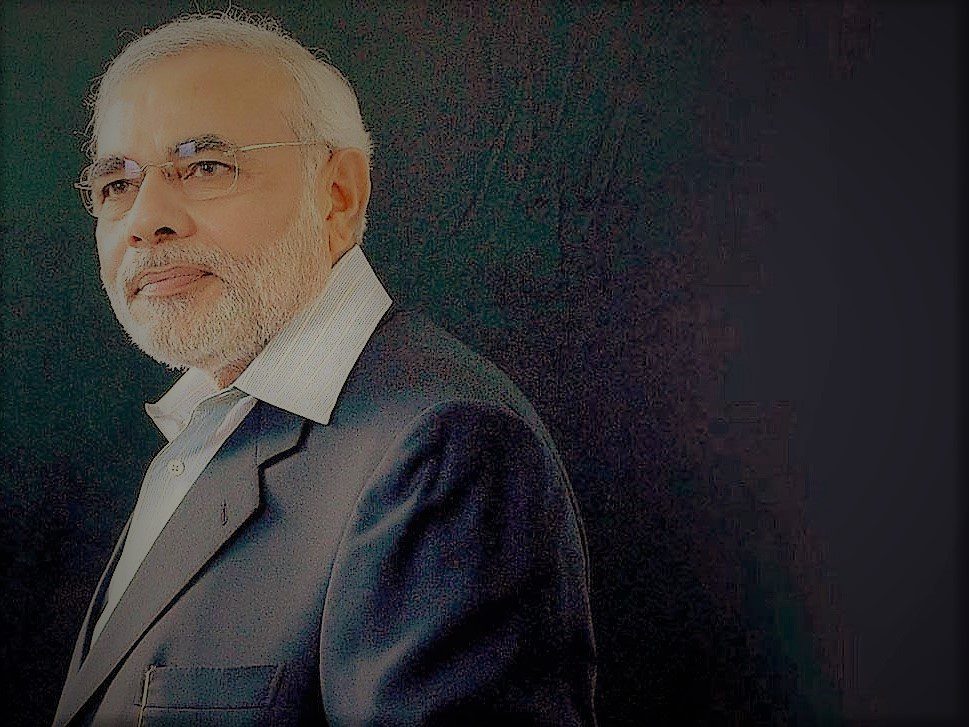The first positive score would be that in four years we have not had one single instance of a major scandal. Accusations of money making on the sly by high functionaries of the state have by and large been absent. In sharp contrast, this is what had dogged the functioning of the immediately preceding government. That’s a lot, given the social environment we had developed earlier about the inevitability of corruption in high places. An analysis, for Different Truths.
It is four years since the Modi government had come to power and already the next general election is on the horizon. People will have to judge in whom to put their confidence in the forthcoming election. Stocktaking is in order.
The Modi government’s achievements might not be of sterling quality, but these could not be cursorily dismissed either. The judgment would depend on the scale of ambition of the assessor rather than sheer fact.
From that background, the first positive score would be that in four years we have not had one single instance of a major scandal. Accusations of money making on the sly by high functionaries of the state have by and large been absent. In sharp contrast, this is what had dogged the functioning of the immediately preceding government. That’s a lot, given the social environment we had developed earlier about the inevitability of corruption in high places.
Of course, this will be hotly contested. It will be pointed out that courts have subsequently acquitted some of the key accused and in many cases, the alleged crimes were magnified through large-scale notional computations. Even if these are conceded, there were, nonetheless, stated and proven cases of malfeasance and misappropriation of public funds. Practices followed by the government were not transparent and these left rooms for doubt. The presupposition was that if there was smoke, there would be some fire.
The apparent effort to bring norms-based decision and probity in economic decision-making has redeemed the prestige of the administrative process or whatever has been still left. This is no small achievement as every penny of public money misused or misappropriated is a burden on the people. Tainted decision-making detracted from efficiency and caused losses.
Coming to the functioning of the economy as such (and this is the second redeeming feature), we have been through a period of the benign inflationary environment. This might not be exactly the achievement of the government of the day; it might have been fortuitous. But imagine had the last four years of Modi government been accompanied with runaway inflation, the blame would have squarely rested with it. The Opposition would have torn apart the government for failure to contain prices, just as it is being done so because of the current domestic price of petroleum.
Holding fast to the free pricing regime for petroleum products so far has been not only prudent but a saving grace. Had the pricing of petroleum been retained in the control format, either the public oil companies would have gone into liquidation or the government finances would have been totally astray. The amount of fuel subsidy would have blown up all budgetary calculations.
As we are hearing of late, the ruling party is urging some kind of accommodation to limit the price rise of petroleum. This would be suicidal, even if politically correct. After all, when 80% of all petroleum that we are burning up has to be imported, any form of cushion to petrol prices would mean wasteful and fundamentally damaging expenditure. As a matter of fact, if high petrol prices result in an even marginal moderation in petrol consumption it would be a meaningful gain for the country. It will be a gain for the environment as well.
Thirdly, the related issue of fiscal balance, which influences the overall tempo of the economy, has also remained stable. The fiscal deficit level in the last year of the earlier government was reined in and the deficit has been tethered to manageable limits. This has happened mainly by gradually eliminating some of the subsidies as well as surging tax revenues. But it appears that the experience with rising revenues has been taken too ardently and the tax calculations this year are somewhat over-enthusiastic. A jump in tax revenues of over Rs2 lakh crore on a base of Rs12.69 lakh crore could be a tall order at the end of the day. Hence, fiscal slippage could be the result.
More so, when the economy is already going through a most difficult process of transition to the GST regime. Even though GST is a radical change and called for a massive effort, the full benefits will come only years from now. Meanwhile, the system will impose additional burdens on the Union finances, such as larger transfers to the states to compensate for their losses. These would surely imply some additional problems in balancing the books. How the Union finances would be kept within the targeted levels would be a kind of deft management.
Nevertheless, so far so good and the positive vibes emitted by a stable economic regime have attracted global attention. India has turned out to be an oasis of strength and stability in a global atmosphere of uncertainty and volatility. One offshoot has been the hopeful flow of funds from overseas. We have never received as much funds from global investors as we did in the last four years.
This has been possible due to another perceived change. The ease of doing business in India appears to have improved and some of the globally accepted benchmark surveys have charted out India at a much higher slot than previously. Procedural quagmire that used to mark, say, setting up of a business in this country, had become the stuff of legend. These have been streamlined. But the effort to rationalise and clear the cobwebs of red tape belongs largely to the state governments. They have realised that changing the outmoded rules was to their benefit.
But the biggest hurdle in the way of fresh green-field investments still remains intact. That is, land acquisition without which new investment cannot be absorbed. And quickening the pace of growth will critically depend on a massive dose of such fresh outlays. This also will determine how many new jobs we are creating every year for those who are joining the labour force. This is a political issue, which has repeatedly been put back into the shelf without really taking it up for a solution.
Such gaps in resolution will surely backfire.
However, on the whole, we got in the last four years is a stable government moving towards a certain direction of a liberal economic order, not too much buffeted by conflicting interests and policies at the centre of the government. It was the operation of a common minimum programme on the ground.
But it was not a bad bargain considering from where we started at the terminal year of its immediate predecessor.
Anjan Roy
©IPA Service
Photo from the Internet





 By
By
 By
By
